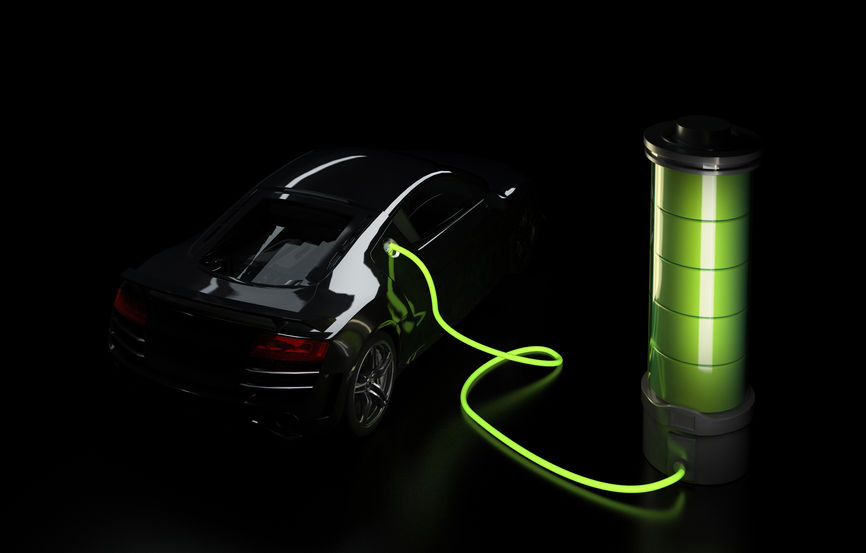Lithium-ion batteries have their pluses. Their energy density is typically twice that of the tradition nickel-cadmium ones. They are low maintenance. And their discharge is less than half compared to regular batteries.
Despite these advantages, however, they do have some environmental drawbacks.
One is the fact that they use rare-earth metals like cobalt and nickel – metals that are not only expensive, but are often mined in developing countries with minimal environmental standards.
For this reason, a number of firms have been transitioning over to lithium iron phosphate (LFP) batteries. Not only don’t LFP’s not rely on rare-earths, but they also have longer lifetimes and are safer. That’s why a number of businesses are beginning to employ them in power tools, electric buses and energy grids. They are also the battery of choice for Tesla’s Model 3.
Of course, even these more eco-friendly LFP batteries have drawbacks – the biggest of which is that they are expensive and difficult to recycle.
Now that may be about to change.
In a recent paper published in the journal Joule, several scientists have developed a new process they claim will lower costs, make LFP batteries recyclable, and use better materials that are even more earth-friendly.
As reported in the University of California, San Diego News Center:
The new recycling process … does the job at low temperatures (60 to 80 C) and ambient pressure, making it less power hungry than other methods. Also, the chemicals it uses—lithium salt, nitrogen, water and citric acid—are inexpensive and benign.
The researchers first cycled commercial LFP cells until they had lost half their energy storage capacity. They took the cells apart, collected the cathode powders, and soaked them in a solution containing lithium salt and citric acid. Then they washed the solution with water, dried the powders and heated them.
The researchers made new cathodes from the powders and tested them in both coin cells and pouch cells. Their electrochemical performance, chemical makeup and structure were all fully restored to their original states.
The process restores the cathode’s structure by replenishing lithium ions and making it easy for iron and lithium ions to switch back to their original spots. The latter is accomplished using citric acid, which acts as a reducing agent—a substance that donates an electron to another substance. Citric acid transfers electrons to the iron ions, making them less positively charged. This minimizes the electronic repulsion forces that prevent the iron ions from moving back into their original spots in the crystal structure, and also releases the lithium ions back into circulation.
To read the article in its entirety at the UCSD News Center, click here.
